Description
Day 1: Welcome to Oman! Our representative will await you at Muscat International airport and will lead you around the most beautiful places in Muscat before checking in at the hotel. Start your Half-Day Muscat City Tour from the Sultan Qaboos Mosque-GrandMosque,the biggest mosque in Oman (please consider the dress code). The Mosque is open from 0800 HRS till 1100 HRS (except Friday). Pass the embassy quarter and enjoy a guided tour through the beautiful Royal Opera House (tour services are just available if there is no rehearsal on stage). Visit the Bait Al Baranda Museum. After this, you drive along the corniche to Muttrah Souk, the oldest souq in Oman. Continue to Al Alam Palace, which is flanked by two Portuguese Forts, Al Mirani and Al Jalali.
Day 2: Birkat al Mauz and Nizwa.
The name of this village roughly translates as ‘Banana’s Pool’ – a suitable name, as a quick drive through the village plantation will reveal.
Birkat Al-Mouz is a small town in Al-Dakhiliyah region Governorate of Oman. Birkat Al Mouz is located at the foothills of Jebal Al-Akhdar, so everyone who is going to Jabal Al-Akhdar ends up passing through must pass to go through. Many just pass by it without stopping, although it is definitely worth a stop on its as it has quite a few attractions that are worth visiting which you can combine with your visit to Jebal al-Akhdar.
Al-Yaribah Mosque built-in 1649, can be considered as one of the oldest mosques in Oman and has Falaj Al-Khatmain passing through it. There are a few private rooms just outside the mosque where there is access to the falaj, allowing locals to bathe or wash from it. Just near the Al Yaribah Mosque, there is Bait Al Ridaydah Castle. A short walk from the mosque towards the palm farms will lead you to the old part of Birkat Al Mouz, known locally as Harat Al-Sibani, which means ‘neighborhood of the Sibani family‘. The old neighborhood has numerous old houses, ruins intertwined with newer houses – the oldest part of them is at the hills overlooking the farms, where you could walk through and reach the semi-demolished tower for a nice overview.
Nizwa is one of the oldest cities in Oman and it was once a center of trade, religion, education, and art. It was formerly a center for Islamic learning. Nizwa acquired its importance because it has been an important meeting point at the base of the Western Al-Hajar Mountains. Set amid a verdant spread of date palms, it is strategically located at the crossroads of routes linking the interior with Muscat and the lower reaches of Dhofar thus serving as the link for a large part of the country. Today, Nizwa is a diverse prosperous place with numerous agricultural, historical and recreational aspects. Nizwa is a center for date growing and is the marketplace for the area.
Nizwa Fort was built in 1668 AD by Imam Sultan Bin Saif Al-Yarubi. It is Oman’s most visited national monument. The fort was the administrative seat of authority for the presiding Imams and Walis in times of peace and conflict. The main bulk of the fort took about 12 years to complete and was built above an underground stream. The fort is a reminder of the town’s significance through turbulent periods in Oman’s long history. It was a formidable stronghold against raiding forces that desired Nizwa’s abundant natural wealth and its strategic location at the crossroads of vital routes.
Day 3: Bahla Fort and Jebreen Castle
Bahla Fort
Bahla is known for its superstitions, myths, and legends that date back centuries, and many locals still refer to the magic and mystery of the town. Its second name is Madinat Al-Sehr or the City of Magic.
The biggest draw for visitors is the massive Bahla Fort, the oldest in all of Oman. Surrounded by a 12-kilometer-high wall, the fort was built by local Banu Nabhan tribes between the 13th and 14th centuries. Ruins of the original structure are walls made of unbaked mud brick and sandstone foundations, while its towers raise some 165 feet above the ground. The fort is a superb example of medieval southern Arabian architecture, today listed as a UNESCO World Heritage site.
Bahla also has an old souk—where you can find the famous Bahla pottery—as well as an oasis, palm grove, and mosque dating back to pre-Islamic times.
Jebreen Castle
Rising without competition from the surrounding plain, Jabreen Castle is an impressive sight. Even if you have had a surfeit of fortifications, it’s worth making the effort to clamber over one more set of battlements – Jabreen is one of the best-preserved and whimsical castles of them all. Head for the flagpole for a bird’s-eye view of the latticed window courtyard at the heart of the keep; the rooms here have distinctive painted ceilings.
Built-in 1675 by Imam Bil-Arab Bin Sultan, Jabreen Castle was an important Centre of learning for astrology, medicine, and Islamic law, and, unusually for Oman’s forts and castles, there’s quite a lot to discover inside the vast battlements. There is an interesting Date store, for example, to the right of the main entrance on the left-hand side. The juice of the fruit would have run along the channels into storage vats, ready for cooking or to assist women in labor.
The most interesting feature of this castle is the elaborately painted ceiling, the original defensive mechanism of Jabreen. Try to locate the burial chambers, remarkable for their carved vaults, and the room earmarked for the sultan’s favorite horse.
Jabreen Castle location, trapped between the mountain and a particularly arid part of the desert, roasts under a ferocious sun for much of the year, hence the falaj, running through the outer courtyard, which was not used for water supply but as an early air-con system.
Al Houta Cave, which is a gigantic natural cave located in the state of Al Hamra. It is characterized by the peculiarity of its natural forms of stalagmites and stalactites formed from the calcification of dissolved salts.
The journey begins inside the cave with a train that takes visitors from the reception on a journey of approximately five minutes between the views of the mountains and valleys to the mouth of the cave and then continues the journey on foot in a circular journey.
Of course, note that the customer can choose whether he wants to visit the cave or not. Our second destination takes us towards the House of Serenity in the state of Al Hamra. The story of this house began 400 years ago, and it is a cultural landmark that tells the story of the Omani man in the past, where many activities are held and many Omani crafts that enable the tourist to discover the ancient Omani man and it is possible to walk By car between the lanes and the old houses in the state of Hamra
Day 4: Grand Canyon(Jabel Shams)
Oman’s highest mountain, Jebel Shams (Mountain of the Sun, highest peak in Oman 3009m), is best known not for its peak but for the view into the spectacularly deep Wadi Ghul lying alongside it. The straight-sided Wadi Ghul is known locally as the Grand Canyon of Arabia, as it fissures abruptly between the flat canyon rims, exposing vertical cliffs of 1000m and more.
Day 5: After having breakfast, we will drive to Muscat and depart.




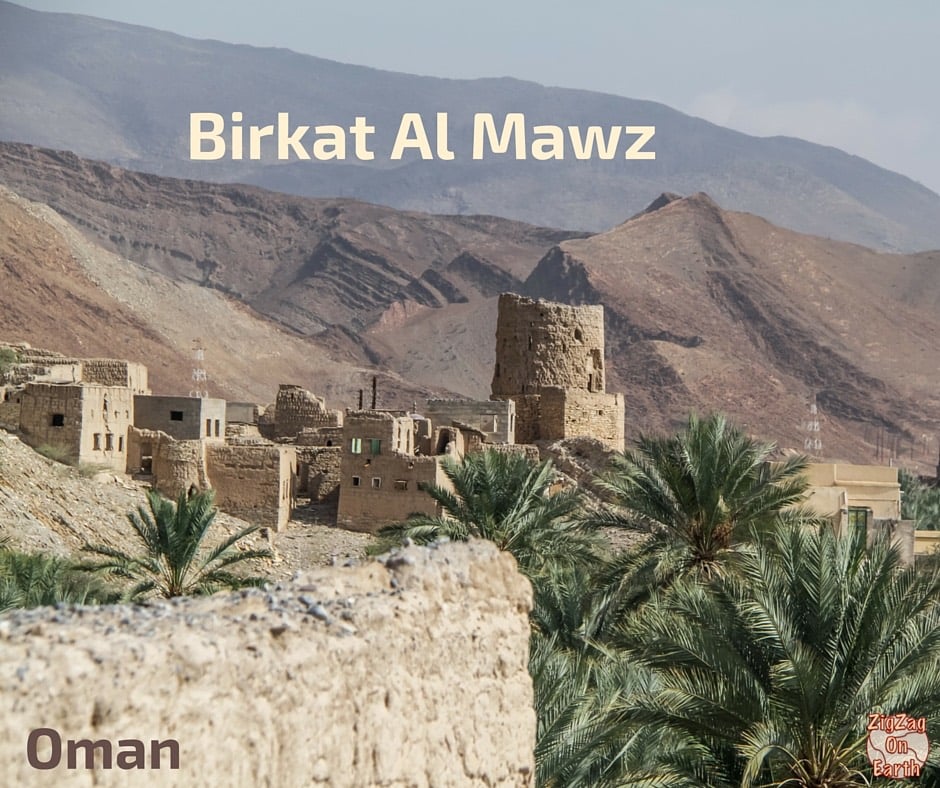
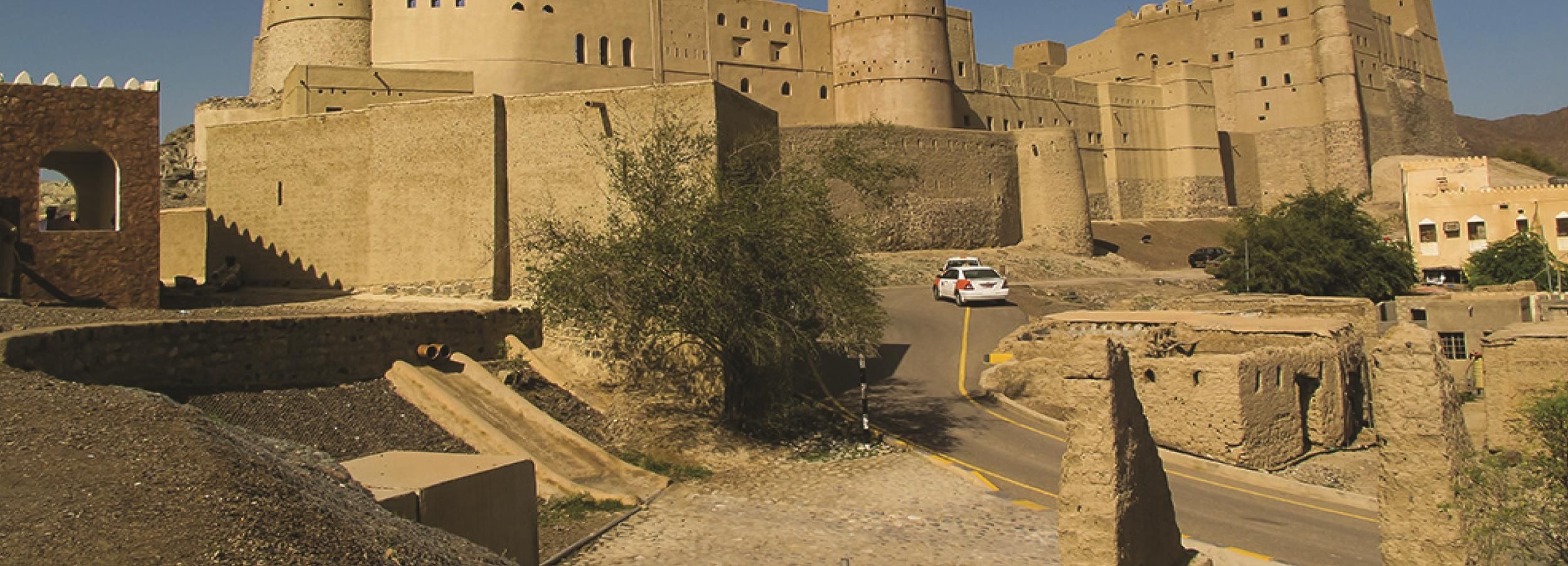

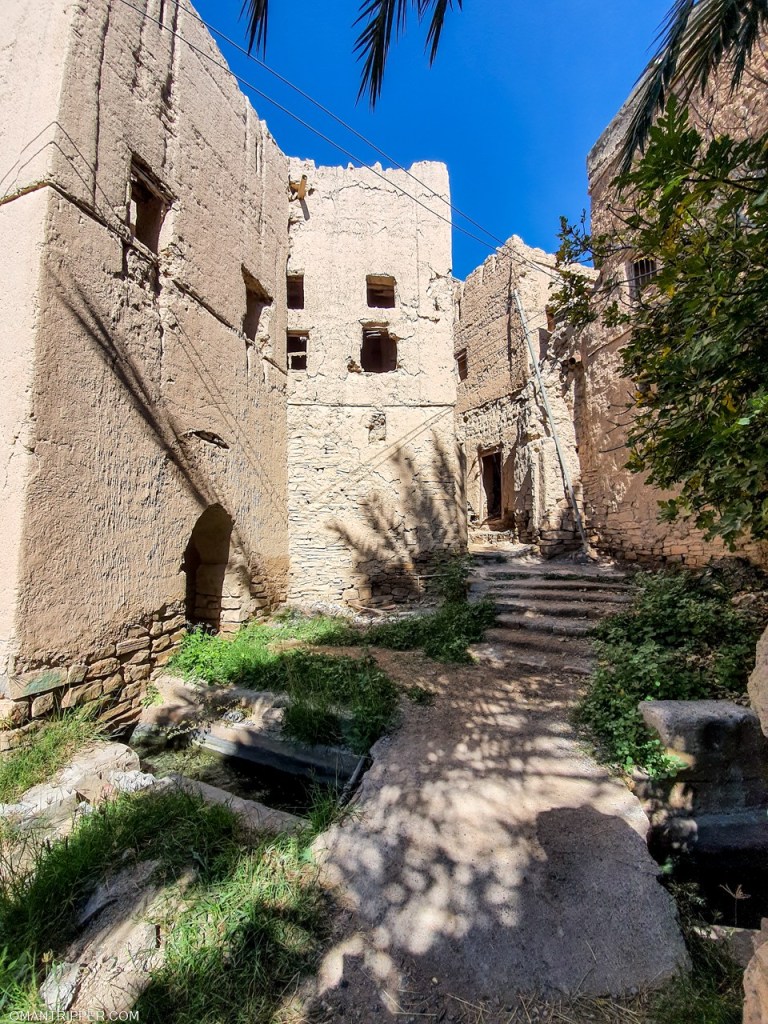

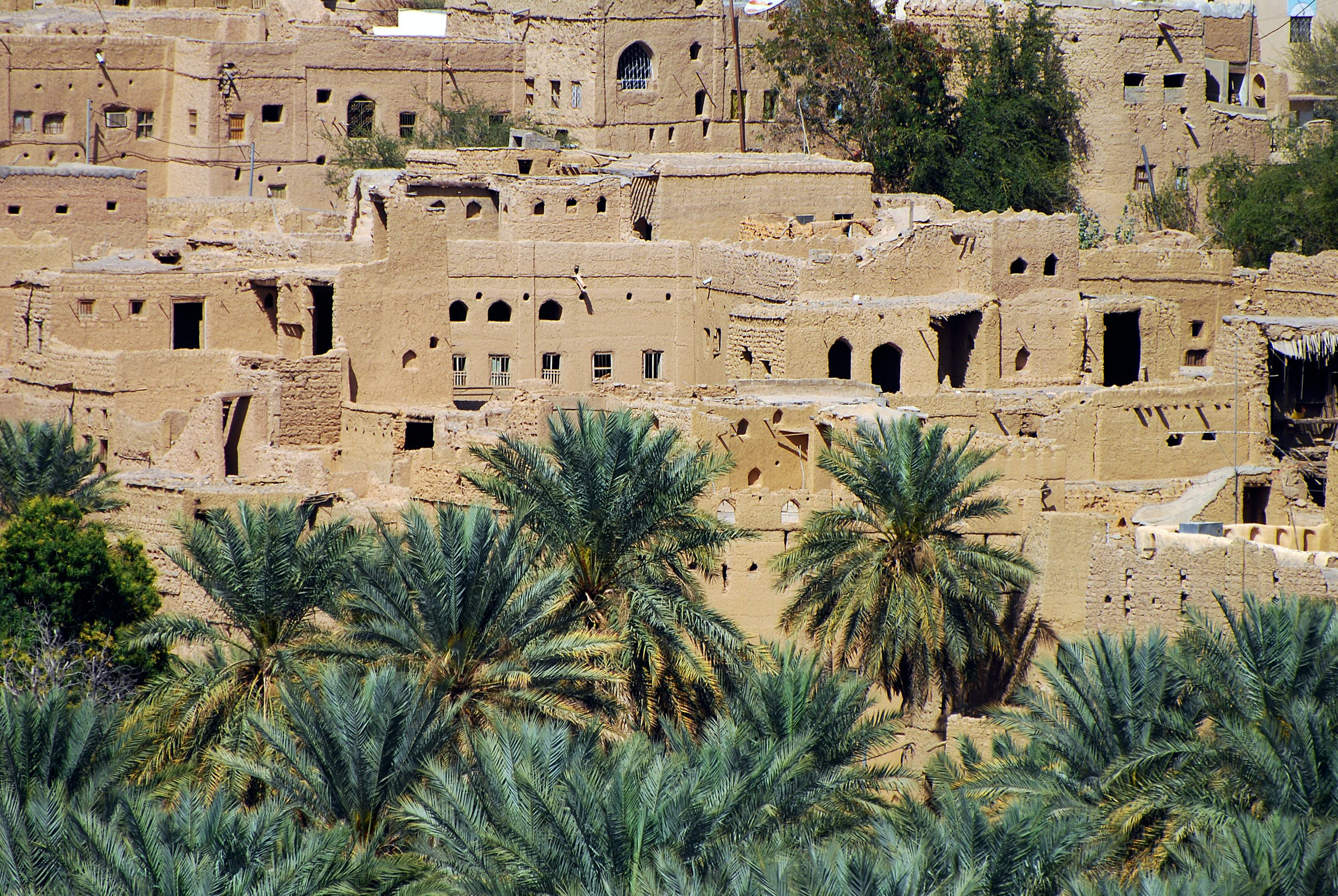









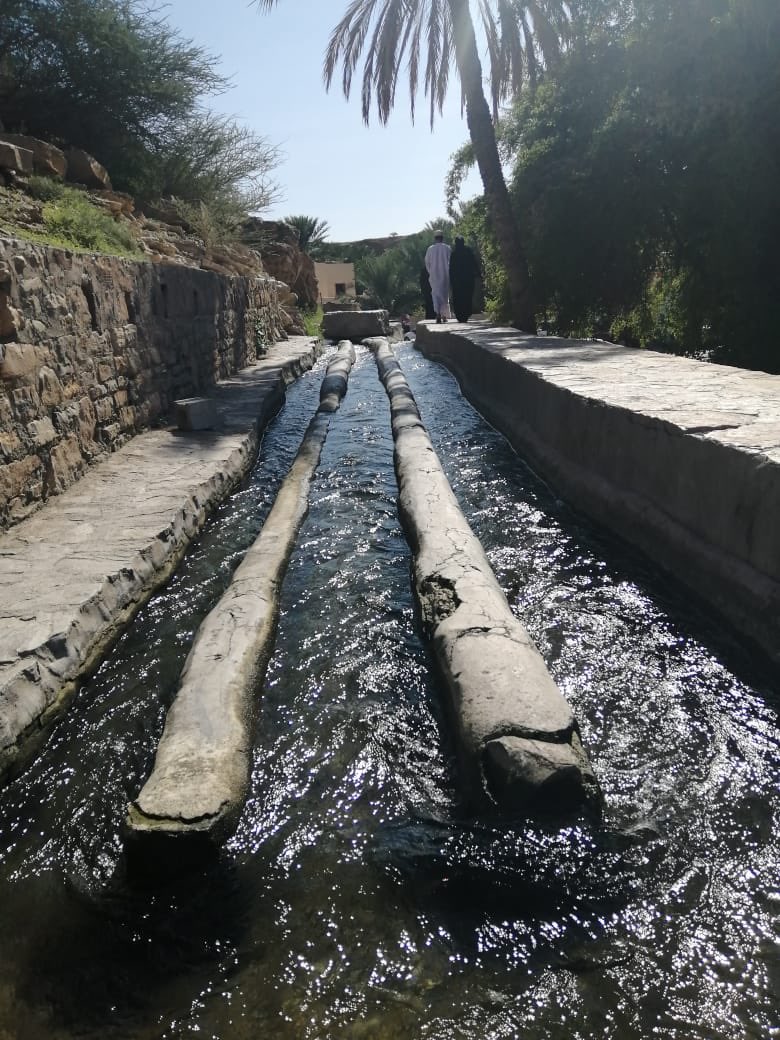
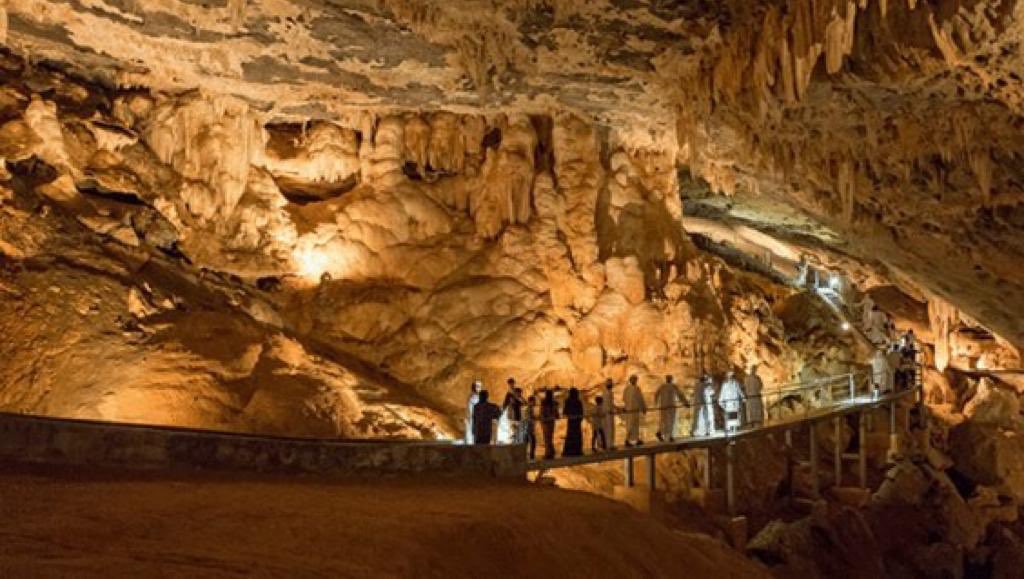
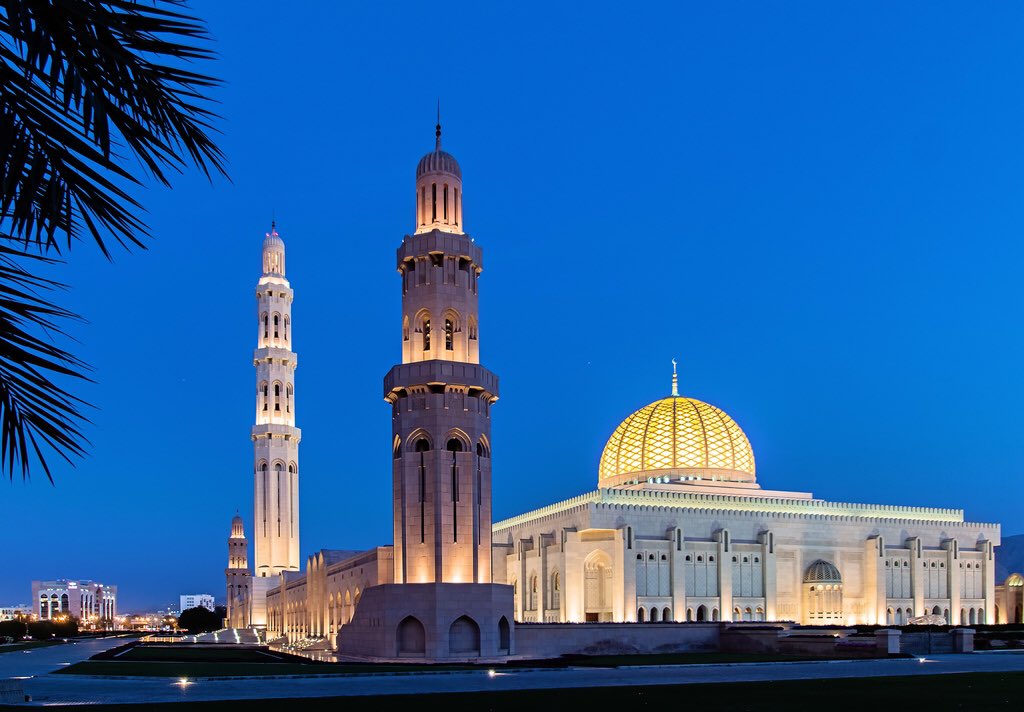









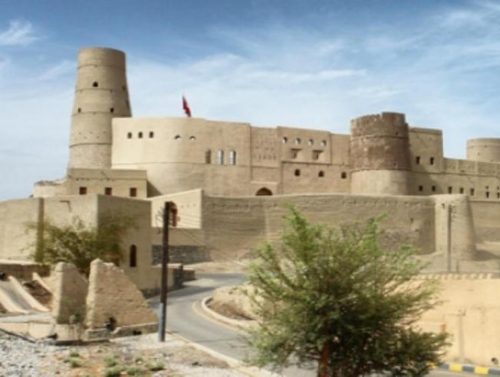




Reviews
There are no reviews yet.